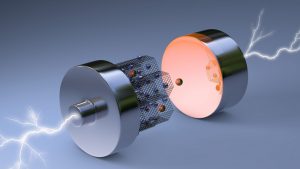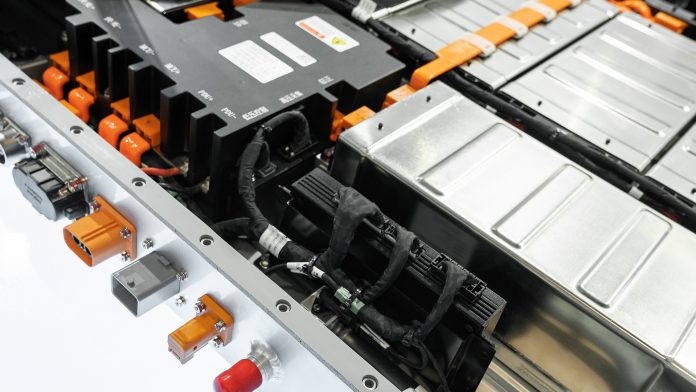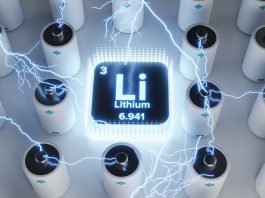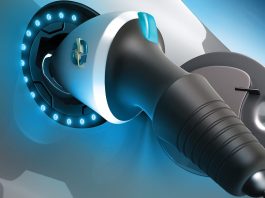Researchers at The University of Texas at Austin are addressing the biggest challenges currently facing EVs by creating a new type of lithium-ion battery electrode.
Electric vehicles (EVs) are at the heart of the clean energy transition, assisting in global decarbonisation efforts. As the global shift to EVs gains traction, it must be guaranteed that their remaining major issues are tackled. To ensure that there are no barriers facing EV uptake, researchers at The University of Texas at Austin are addressing the two biggest challenges currently facing EVs, limited range and slow recharging, by creating a new type of lithium-ion battery electrode.
The study was published in the Proceedings of the National Academy of Sciences.
Utilising magnetic fields
In order to tackle the major issues of EVs, the researchers fabricated a new type of electrode for lithium-ion batteries that has the potential to unleash greater power and faster charging. The electrode, the positively and negatively charged part of the battery, was made thicker using magnets to create a unique alignment that sidesteps common problems associated with sizing up this vital component.
To create thickness, the team used thin two-dimensional materials as the building blocks of the electrode, and then used a magnetic field to manipulate the orientation of the materials. During the fabrication process, the researchers used commercially available magnets to arrange the two-dimensional magnets in a vertical alignment. This created a fast lane for ions to travel through the electrode.
The magnetic field used by the researchers could facilitate twice the range on a single charge for an EV, compared with a battery using a current, commercial electrode.

Guihua Yu, a professor in UT Austin’s Walker Department of Mechanical Engineering and Texas Materials Institute, stated: “Two-dimensional materials are commonly believed as a promising candidate for high-rate energy storage applications because it only needs to be several nanometers thick for rapid charge transport.
“However, for thick-electrode-design-based next-generation, high-energy batteries, the restacking of nanosheets as building blocks can cause significant bottlenecks in charge transport, leading to difficulty in achieving both high energy and fast charging.”
Thicker electrodes force the ions to travel longer distances to move through the battery, leading to a slower charging time. The typical horizontal alignment of the layers of material that comprise the electrode force the ions to move back and forth. The magnetic field used by the team aims to solve this issue.
Zhengyu Ju, a graduate student in Yu’s research group who is leading this project, said: “Our electrode shows superior electrochemical performance partially due to the high mechanical strength, high electrical conductivity, and facilitated lithium-ion transport thanks to the unique architecture we designed.”
Future aims
The team also compared their electrode with a horizontally arranged electrode for experimental control purposes. The vertical thick electrode was recharged to 50% energy level in 30 minutes whereas the horizontal electrode was recharged to 50% in 2 hours and 30 minutes.
The researchers also emphasised that they are early in their work in this area; they looked at just a single type of battery electrode in this research.
The team aims to generalise the methodology for vertically organised electrode layers to apply it to different types of electrodes using other materials. This could enable the technique to become widely adopted in industry, allowing for future fast-charging yet high-energy batteries that power EVs.









